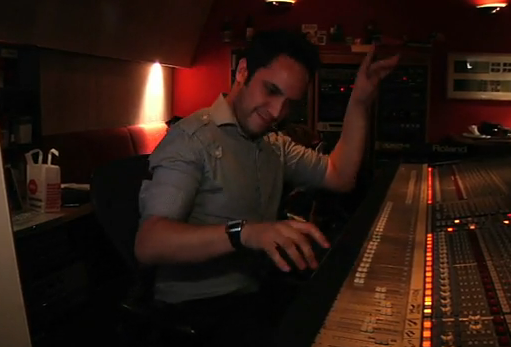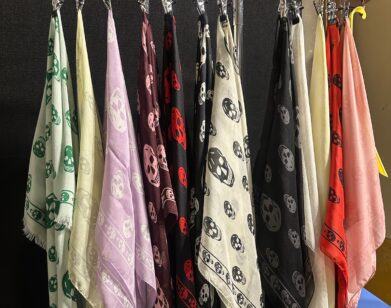Just What We Ordered: Behind the Scenes With Doc Martens

Dr. Marten boots, the aero-soled appendage of the working class turned signifier of punk rock rebellion are 50 years old today. It’s hard to believe that the brand so aligned with angry youth culture could be so utterly middle aged, but we have the aging faces of Johnny Rotten and Robert Smith to prove that time does indeed march on.
The history of Doc Martens could easily substitute as the cultural history of the latter half of the 20th Century. In the 1940s, Klaus Märtens, a German doctor, injured his foot while skiing in the Alps and decided to invent an air-soled shoe to accommodate his injury. Dr. Marten’s shoes became popular with Germans, who have a natural penchant for comfortable footwear. The Griggs family, English shoemakers in Northhampton, bought the patent some years later and decided to produce their own version of the boot, changing the heel and adding yellow stitching.
The first Dr. Martens arrived in the UK on April 1st 1960, and were originally popular with working class people who had to walk all the time, like postmen and people in transport unions. As social mores in Britain changed, economic conditions deteriorated and the British underclass became more and more disenchanted, the boots started to signify a class statement and the inherent scariness and independence of youth culture. The boots gathered meanings and memories, both angrily political and inherently stylish. Punk bands started wearing them in the 1970s and 80s, and a trend was born.
However, Dr. Martens is not letting their age get them down. In honor of their history clothing rockers of all stripes, the company has put together some musical collaborations with artists who feel that Doc Martens inspired them, including The Noisettes (above), The Duke Spirit, and DÄM-FunK. The artists have all recorded covers of iconic punk songs and produced videos to go with them. Style and substance have something in common.






